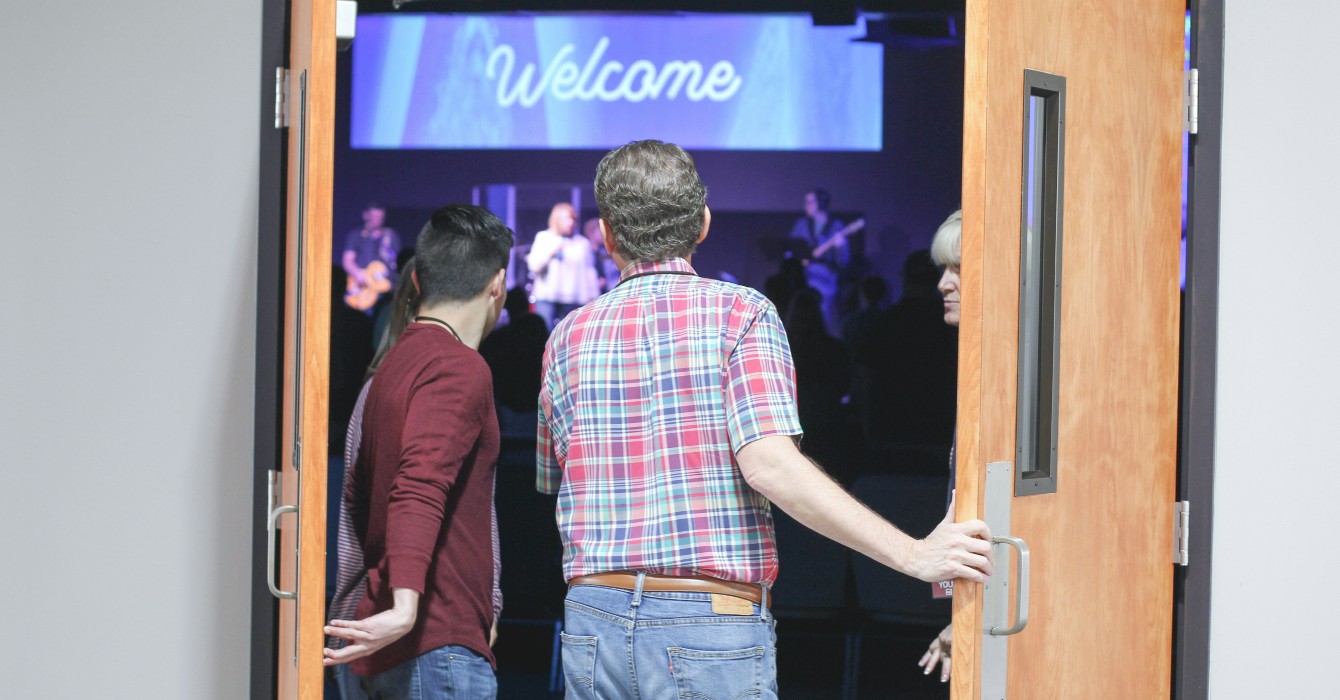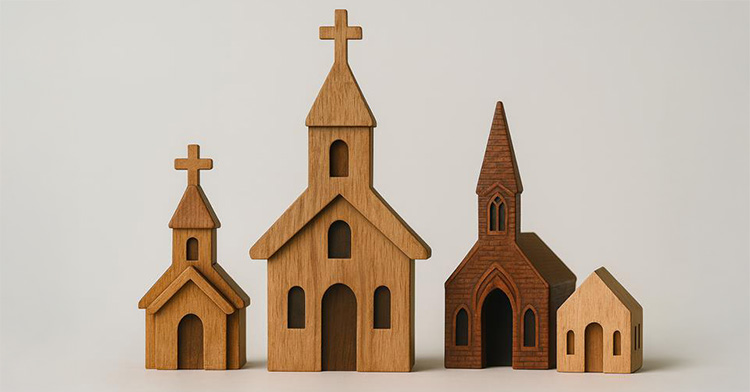She called it a “hobby farm.” I assumed this meant a quaint, walkable property with a few tidy animals and a picturesque barn. I prepared more for a pastime than a lifestyle. But when I arrived, I smelled the air and was greeted by a large white, slobbery dog, indicating the likelihood that my shoes were doomed.
My friend introduced me to her animal friends — chickens, goats, ducks, farm cats, horses and cows — many of them by name. She showed me the wildflower gardens, the bee colonies cross-pollinating the vegetable gardens, and the rolling green fields worthy of Pinterest-perfect weddings (which she hosts for family and friends).
Just when I thought I might be able to escape the tour with my inappropriate shoes unscathed, we stopped at the pond. I commented on its beauty — the bright orange of the fish, the white of the lilies — and that is when it happened.
An enormous toad jumped from out of nowhere and landed on my shoe. I instinctively lunged back, sending the toad cannonballing into the murky water, but not without leaving behind a huge splatter of mud and muck.
My adult brain knows contact with toads does not give humans warts, despite the old wives’ tales to the contrary, but I had never wanted to test the theory. So there I was, a midlife woman squealing as I hopped back and yelled, “Ugh! Gross! Yuck!”
My farmer friend laughed and said, “Actually, I’m glad you got to see one of the toads. We are really happy they live here. We haven’t always seen them around. The presence of toads is indicative of a healthy ecosystem. It lets us know that all of the natural processes are working with the water and the algae and fish and plants and different organisms that make a healthy place for them to call home. Toads are the last to arrive in a developing ecosystem and the first to leave when nature becomes imbalanced.”
In that moment, the mess on my pants and shoes seemed a little less dirty. I stepped closer to the pond to take in the complex ecosystem. I started to grow grateful that the toad had shown itself to me and taught me something about the world we shared.
I have carried my friend’s lesson about toads with me into a variety of other contexts. I wonder: What are the indicators of health and balance in different environments? Who are the last to arrive, their presence announcing a significant achievement? And what or who are the first to leave when the elements of a flourishing environment begin to shift, offering evidence of a possible decline?
Consider your congregation, for example. What are the indicators of health in your church? Are they reflected in traditional markers of success such as budgets, baptisms and babies? Are they about the church’s ability to adapt quickly to respond to community needs and crises? What does the morale of the staff and leadership say about congregational health? Is the depth and breadth of your community partnerships or the clarity of your mission and values a sign of your well-being?
What are the equivalents of the toads in your congregation? Who are the last to arrive, announcing that the church has reached a place of health and flourishing, and who are the first to leave when something goes amiss? What or who are the delicate measures of the seemingly magical composition of all the time, energy and investment it takes for a congregation to thrive?
For some, a thriving congregation is marked by the ability to give a certain percentage of its budget to missions. When that percentage falls, they look around to diagnose the decline.
Crying babies can be an audible example of health and literal new life in the pews. Without them, there is an absence of the next generation, yet with them, accommodations are needed to ensure safe, intergenerational environments.
For other churches, the presence of teenagers actively participating in worship and discipleship events signals health. Young people have more agency in how they spend their time than the aforementioned babies. And anyone who has spent time with teenagers lately knows that the bar is high to earn their attention, and even higher to gain their investment. Most teenagers will not tolerate insincerity, exclusion, or a lack of authenticity and action in the face of injustice.
Years ago, I was part of a congregation that found health in the turnover of its staff. As a teaching congregation, it took pride in training and mentoring promising young clergy and then sending them out to lead other congregations and communities.
The relationships among the multigenerational staff were symbiotic. The younger staff brought in fresh ideas and new perspectives as the more seasoned staff passed on their wisdom and experience. The consistency of a core of tenured leadership paired with healthy turnover brought a balance of tradition and innovation.
As one year closes and another begins, many of us naturally take on a reflective posture regarding our overall well-being. Where have we achieved health and balance spiritually, physically and mentally? How about financial well-being? How are our communities and congregations?
We can easily be drawn into remembering the negative or challenging circumstances, the warts if you will, and fall into traps of nostalgia that won’t help us move forward.
What if, in this new year, we pondered and prayed for the health of our institutions and congregations, including who or what is missing and why? Who or what has disappeared without much notice but might return with a shift in priorities toward a more balanced and holistic way of living into beloved community? Who or what is present, and how might that move us to give thanks?
We might find ourselves noticing and offering gratitude for the most unexpected signs of health — toddlers, teenagers, turnover or even toads.
What are the indicators of health in your church?













